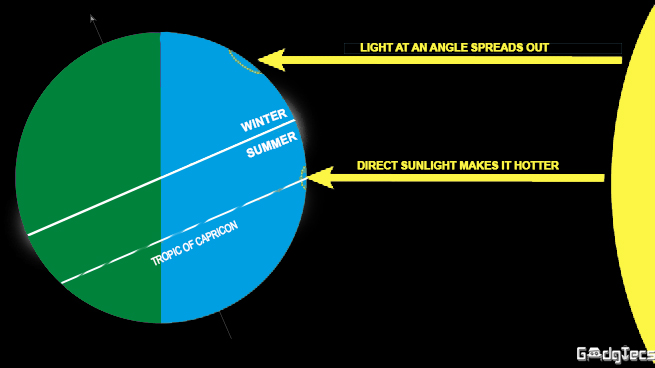https://gadgtecs.com/wp-content/uploads/2018/01/sun-earth.jpeg There’s something in regards to the geometry of space that’s never made sense to me. I know that the axial tilt of the Earth is the rationale we've got seasons, but when a slight angle away from the sun could make me see my breath in winter, why does being 5 million kilometers (km) or 3 million miles nearer not make me melt in a pool of my own sweat? Is it really not any hotter when we are at our shortest distance from our hot star? And if it is, then why does the 23.5° tilt of our axis matter at all? I've to research these questions yearly at the perihelion, the point at which we’re the closest to the sun (the opposite is called aphelion, which is when the distance of the earth is farthest from the sun). Regardless of 21st December being the shortest day of the year in the northern hemisphere, it’s not till January 4th that we attain perihelion, It is the time when Earth gets essentially the most intense dose of photovoltaic rays it'll receive all year. Averaged across the entire globe, we’re getting sunlight 7% stronger in January than what we get in July.
https://gadgtecs.com/2018/01/05/we-are-nearer-to-sun-but-its-winter/
![perihelion and aphelion, min and max distance of earth to suns where [& when] the orbit of the object is farthest from the sun.](https://gadgtecs.com/wp-content/uploads/2018/01/distance-of-earth-from-sun.jpg)
 Credit: Amna[/caption]
Credit: Amna[/caption]
Comments
Post a Comment